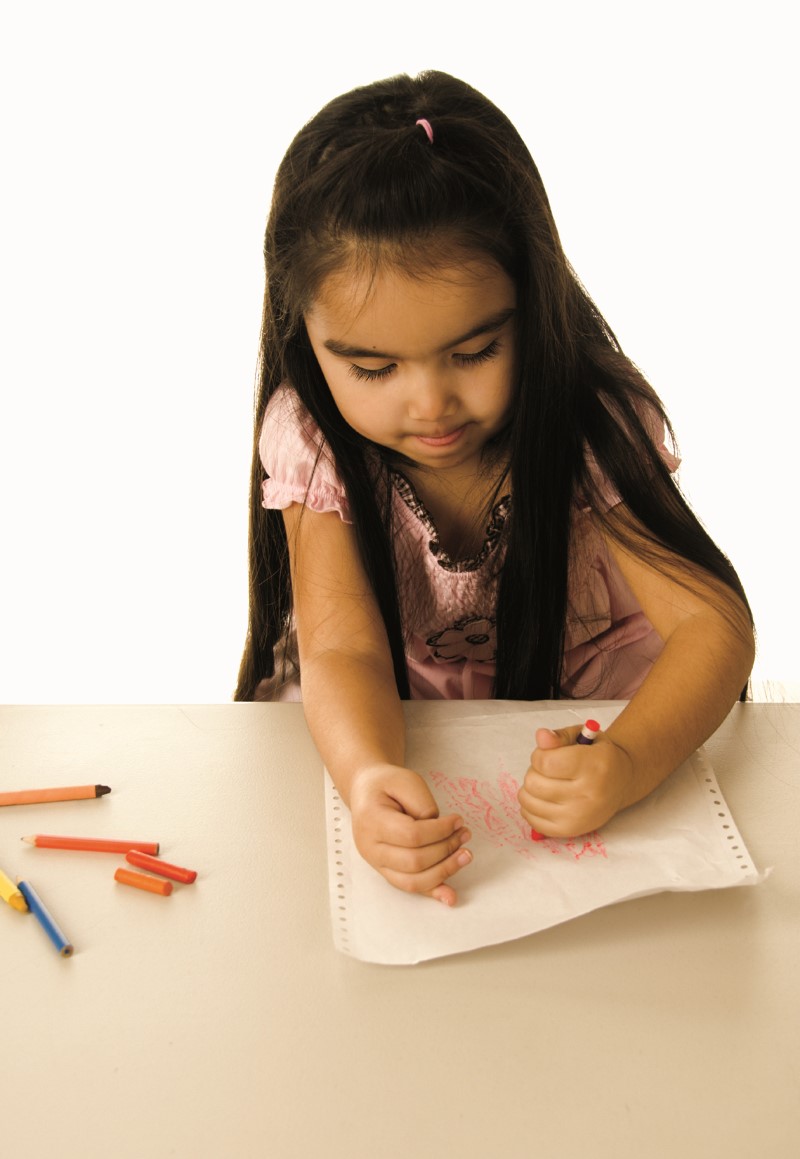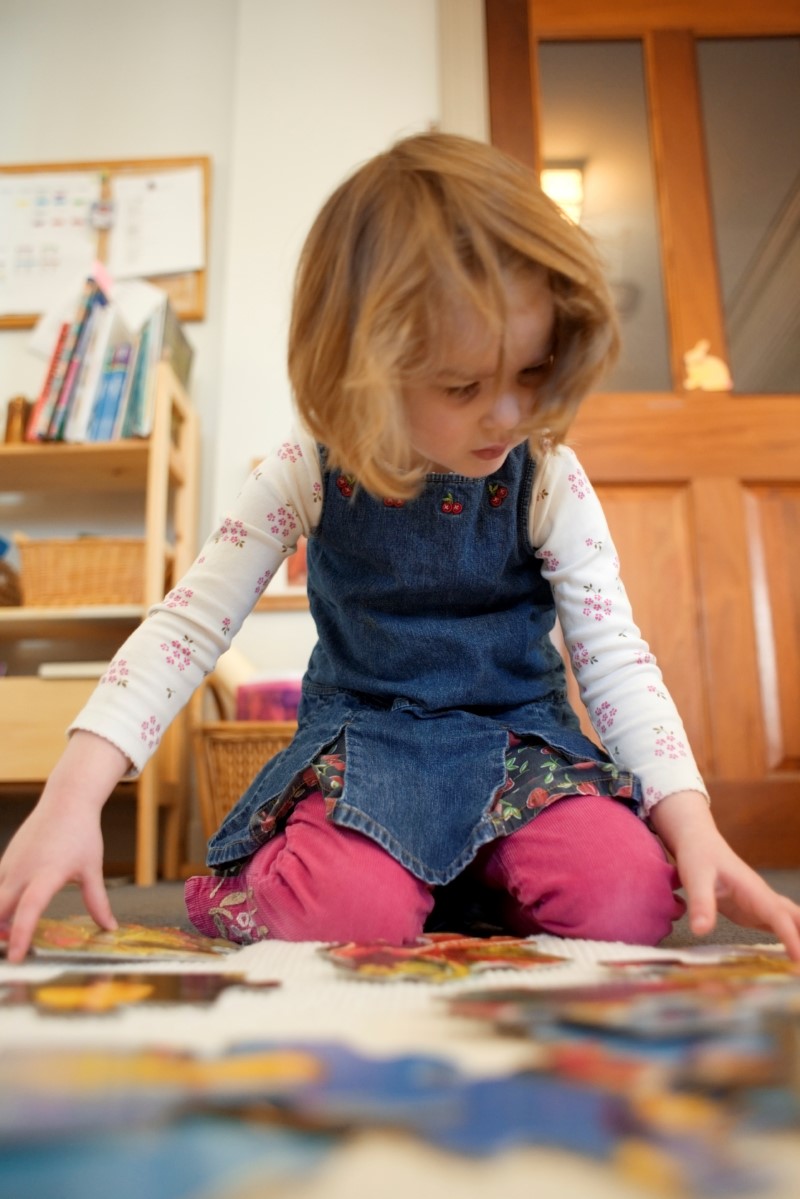Your child is curious about many things and is so much fun. She can understand much of what you say and can teach you a lot about the world. The way a four year old sees the world is like no one else.
- Listen to your child when she talks. Your listening lets her know that she is important to you.
- Talk with her and ask her questions about what she notices and thinks and feels.
Listen to your child’s fears, even if you do not understand them. Although she seems very independent, your child still needs lots of hugs and encouragement from you.
- The way you treat her is one way she learns how to feel about herself. Your care and respect help her feel like a worthwhile person.
- If you watch her closely, you will get clues about why she does what she does and how to help her grow.
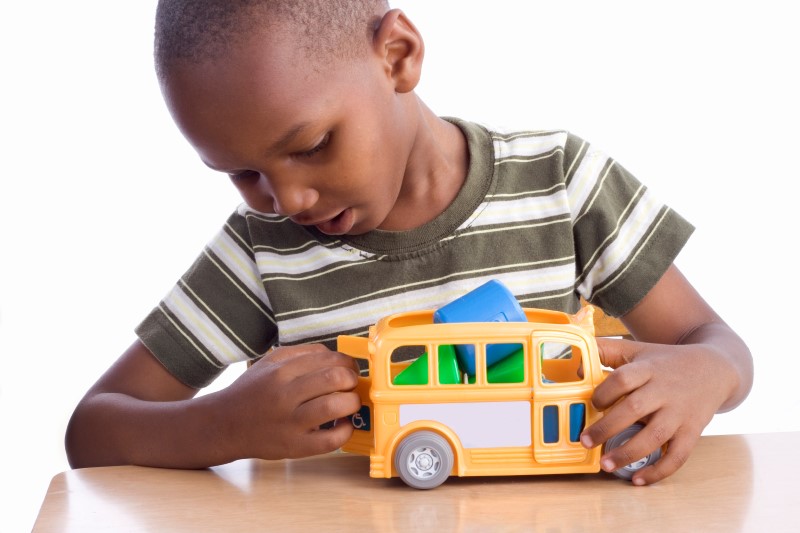
Children love toys. Toys are the tools of play and learning. Four year olds enjoy trucks, blocks, dolls, balls, dress-up clothes, and puzzles.
Children do not need a lot of toys, but they do need access to things that will help them grow.
- Books
- Puzzles
- Art materials: scissors, tape, glue, chalk, crayons, paper, play dough
- Dolls: safe cloth cuddly dolls, plastic-body dolls to wash, clothing for dolls
- Games: matching games, simple card games
- Places to safely play outdoors
- Balls that can be held in one hand and big balls —like beach balls and kick balls

Your couple relationship is more than deciding who does the dishes, who cleans the bathroom, and who gives your children a bath.
- Good communication and problem solving skills aren’t the total answer to happiness in your relationship. There is more to it than that. In fact, some couples who have worked out all the kinks are still left wondering what’s missing.
- What might be missing is a deeper sense of shared meaning. Every couple has their own special way of doing things with their own customs, rituals, and traditions. This creates a feeling of closeness, belonging and knowing. This is who the couple is and what the couple does.
Shared meaning is created when couples share their innermost thoughts, feelings, dreams, goals, and plans for the future with each other.
- You may find that some of your goals are different from your partner’s goals. Luckily, it’s okay if you don’t always agree.
- The goal isn’t to always agree because that would be impossible.
- Instead, the goal is to create an environment where each of you is able to freely express your ideas even if you don’t agree.
Creating a sense of shared meaning around your roles as parents will help you grow closer. Talk about sharing your dreams and hopes for the future with each other. Use these conversation starters:
- When our child grows up, I hope others will describe him as…
- The most important thing we can give our child is…
- When we are grandparents, I hope we still…
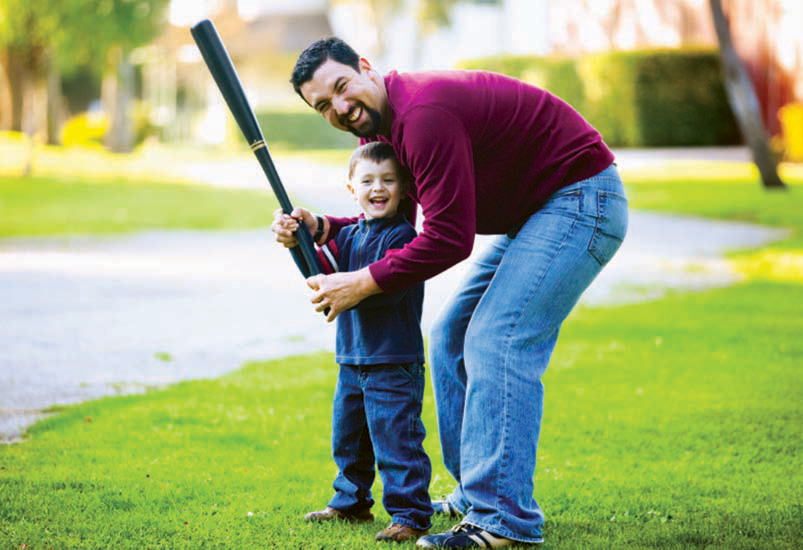
Play is fun but it also helps children grow and develop in many ways:
- Physically —because play often involves physical activity, it helps with gross and fine motor skills and body awareness.
- Socially —children need to belong and feel part of a group. Play helps children learn social skills, how to handle being left out sometimes, leadership, how to share power, space and ideas with others.
- Mentally —play helps children learn to wonder about the world around them, plan, problem-solve, learn language, and learn other skills and attitudes needed in school.
Young children whose parents play with them regularly tend to have skills that will help them be successful in school: problem solving, thinking, and exploring.
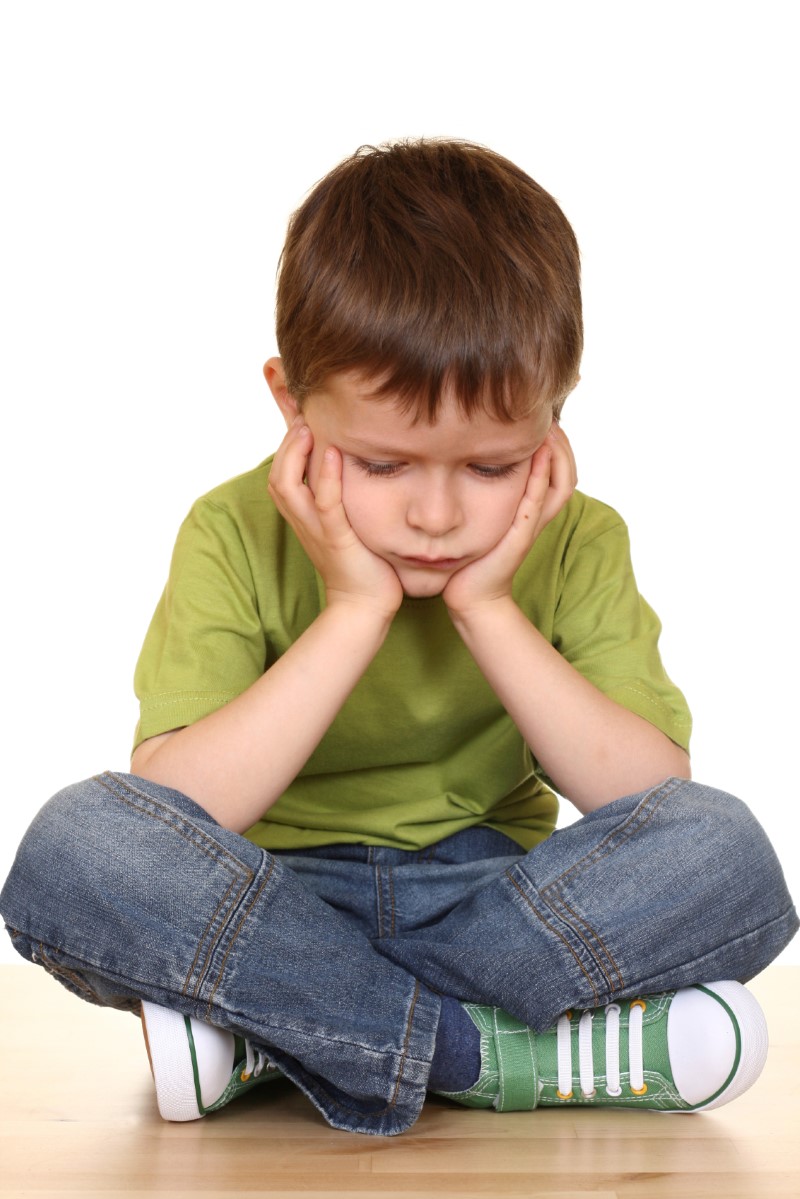
Preschoolers need loving reassurance and support. They have little control over their lives and are too young to use adult problem-solving skills to work through situations. Common stressful situations include:
- starting or changing child care or preschool
- the arrival of a new baby or family member
- being separated from a parent
- being disciplined
- toilet training
- worry that they will be deserted or starve
- fear of strangers
- scary things
- sickness
- the unknown
You will know that your child is suffering from too much stress if he:
- has less energy than normal
- is crying more than usual
- has night terrors or nightmares
- has more frequent temper tantrums
- is more irritable
- becomes more clinging or demanding
What can you do?
Recognize stress warning signs and help your child through the difficulty.
- Help your child understand the situation. Explain what is going on in simple, reassuring language.
- Encourage your child to talk about his fears. He needs to learn to say things like, “I don’t like it when the dog barks,” or “I’m afraid to go into that dark room.”
- Don’t tell your child that his fears are silly; they are very real to him. Ease his tension by offering understanding, support and plenty of affection.
- Holding and cuddling a young child will help to ease the stress.
- You can increase your child’s sense of security by remaining calm during times of difficulty.
When should you seek professional help? When you are not successful in attempts to help your child, or when the problem is too much for you to handle.
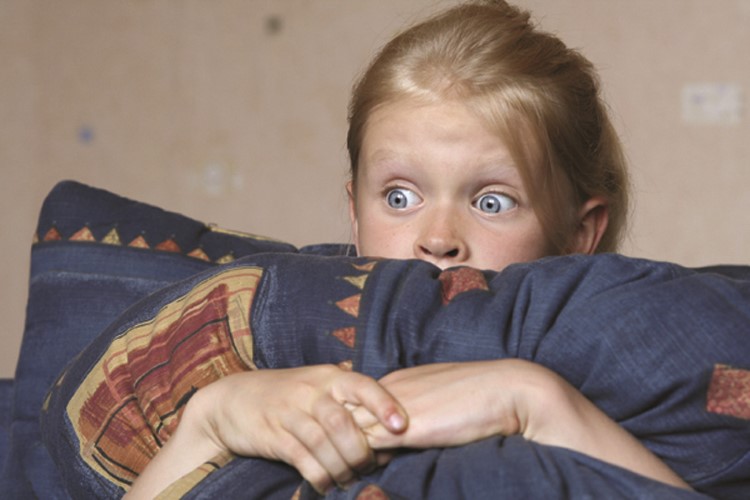
Thinking about scary imaginary things can still frighten your 4-5 year old child. Your child may also be afraid of real objects. It can be baffling to parents to see their child jumping happily into bed and quickly falling asleep one night, but crying because you turned the light off the next night.
Being afraid of the dark may continue until your child is six years old, and sometimes older. Reassurances by parents, and even a night-light or flashlight, can help comfort a child frightened by the dark.
